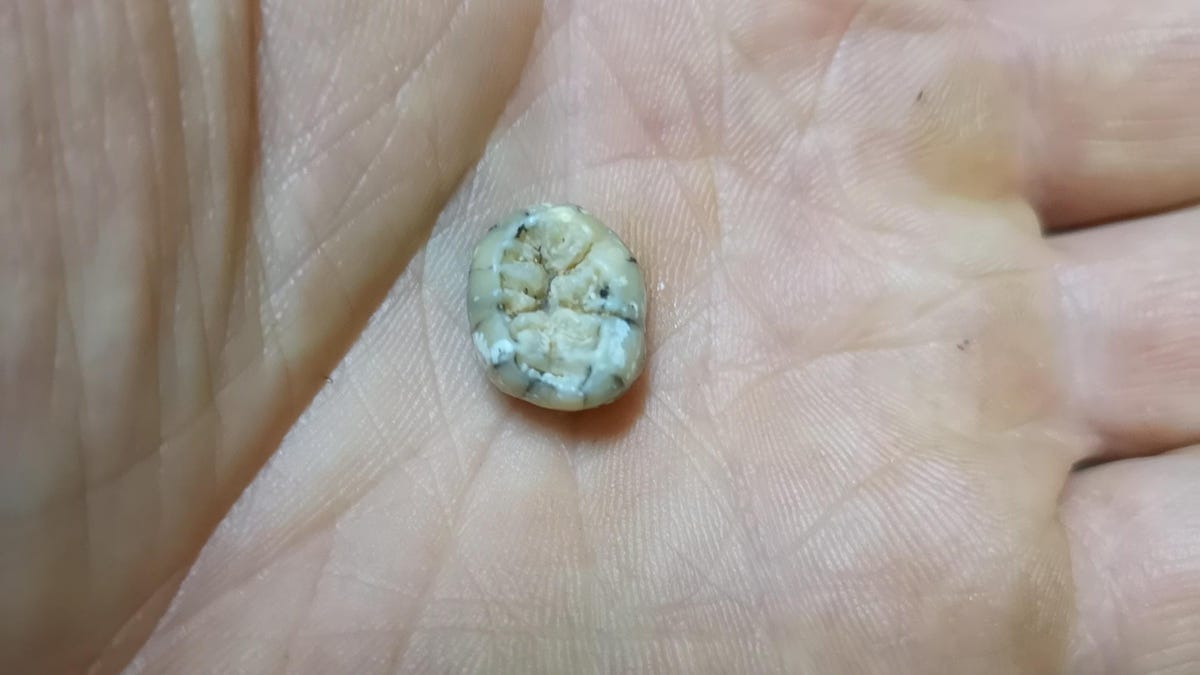
A team of paleontologists found the suspected Denisovan molar at the Tam Ngu Hao 2 cave in the Annamite Mountains of Laos.
The molar dates to the middle Pleistocene, and it’s the first Denisovan fossil ever to be found in southeast Asia.
“Although we only have a few fossils representing the Denisovans, this new fossil from Laos demonstrates that much like modern humans, Denisovans were widespread and they were highly adaptable,” Shackelford explained in an email.The Laotian molar is just the 10th Denisovan fossil to be found and the first outside of Siberia and Tibet.
The Laotian molar, he told me, bears a resemblance to teeth found on the partial Denisovan mandible from Tibet, including large tooth dimensions and various distinguishing features that separate it from other Homo species known to inhabit southeast Asia, including Neanderthals and modern humans.
“Among the human groups previously cited, the molar from Laos is closest to Neanderthals, and we know from paleogenetics that Denisovans were a sister group of Neanderthals, meaning that they were closely related and shared morphological features,” Zanolli, who works at the University of Bordeaux, explained in an email.The new fossil is important because it affirms something already hinted at by the genetic data—that Denisovans once inhabited a wide area of southeast Asia